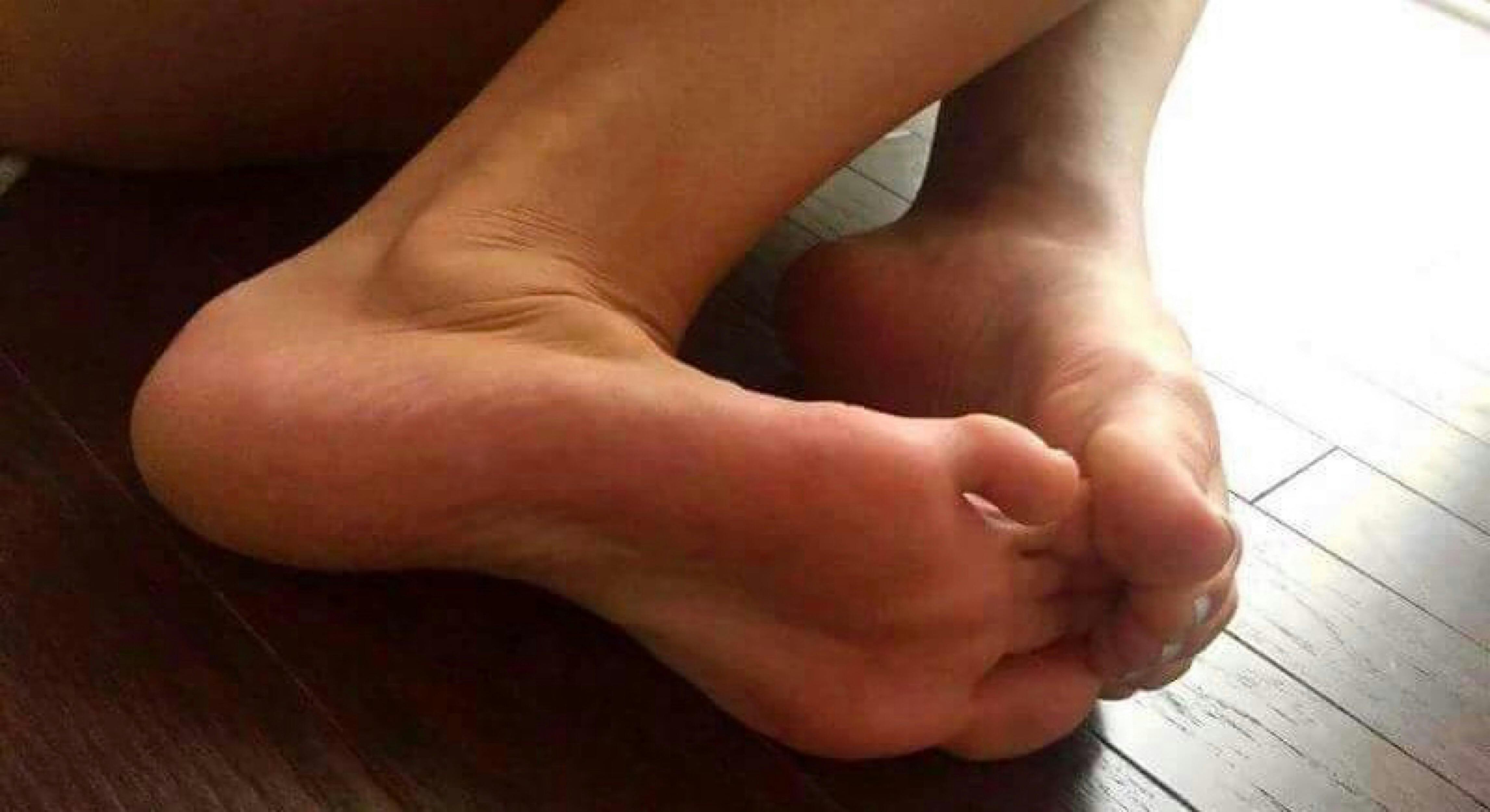Is Manual Plantar Fasciitis Treatment Becoming Obsolete?
For some athletes, just altering running shoes can significantly relieve plantar fascia discomfort. A physiotherapist can employ a number of various taping methods to support the plantar fascia, providing it a chance to heal. Some shoes can be fitted with inserts. One example is an orthotic, which spans the length of the shoe.
Another choice is a heel cup. This insert is created to support and cushion the heel. Plantar fasciitis is connected with less flexibility in the ankle, Achilles tendon, and calf muscles. Gentle stretching to enhance flexibility can make the biomechanics of standing, strolling, and jogging less demanding for the plantar fascia.
Utilizing mild pressure, roll the tennis ball back and forth under the foot. Stand 18 inches far from a wall with feet about 6 inches apart and place hands versus the wall, at shoulder height. Without moving feet, lean into the wall, bending the foot and stretching the Achilles tendon and calf muscles Rest on the flooring with legs straight in front.
Facts Everybody Need To Understand About Plantar Fasciitis Treatment
Stretches like these last 2, in which the top of the foot and toes approach the shin, are called dorsiflexion stretches. Applying a cold-pack or bag of ice to bottom of the foot might offer discomfort relief from plantar fasciitis. Relief can also be found by rolling the bottom of the foot on a frozen plastic water bottle.
Protocol Principles. For runners, increasing the variety of steps per mileusing a much shorter stride but increasing cadence to maintain speedmay minimize the stress on the plantar fascia even though there will be more actions per minute.1.Additional weight puts an increased strain on the plantar fascia tissue. Shedding excess pounds will lighten the load on the body's musculoskeletal system, consisting of the plantar fascia.
This prevents the plantar fascia from resting in a contracted position. (Not surprisingly, lots of people find these splints challenging to sleep in.). While it is ruled out basic treatment, deep myofascial massage may promote blood flow and healing. While not all specialists agree, some believe using manual manipulation/mobilization (by a chiropractic specialist or other competent health specialist) along with workout is an effective method to deal with plantar fasciitis.2, Individuals with persistent, moderate to severe cases of plantar fasciitis, might utilize these non-medical treatments in combination with medications, injections, or surgical treatments.
A Winning Strategy for Plantar Fasciitis Treatment

Medications are not a treatment for plantar fasciitis and need to be used in conjunction with other treatments. Non-steroidal anti-inflammatory drugs are utilized to decrease swelling and swelling, and are recommended for patients experiencing moderate to serious pain (Click This Site). NSAIDs consist of aspirin (e.g. Bayer), ibuprofen (e.g. Advil), naproxen (e.g. Aleve), and cox-2 inhibitors.
dexamethasone) through healthy skin to the sore location.1 Iontophoresis may be advised to patients with plantar fasciitis who can't tolerate injections or wish to prevent injections. If non-medical treatments and medications do not provide relief from plantar fasciitis, clients may think about injections. 1. Wellenkotter J, Kernozek TW, Meardon S, Suchomel T.

Int J Sports Med. 2014; 35( 9 ):779 -84.2. Bronfort G, Haas M, Evans R, Leininger B, Triano J. Efficiency of manual treatments: the UK proof report. Chiropr Osteopat. 2010; 18:3.3. Clar C, Tsertsvadze A, Court R, Hundt GL, Clarke A, Sutcliffe P. Clinical efficiency of manual treatment for the management of musculoskeletal and non-musculoskeletal conditions: organized review and update of UK evidence report.
The Best Way To Plantar Fasciitis Treatment
The plantar fascia is a long, thin ligament present along the bottom of the foot that develops the arch of the foot. It extends from the heel bone, and after that divides and fans out to attach itself to the toes. Plantar fasciitis is a condition where the plantar fascia becomes swollen from overstretching or overuse, triggering discomfort in the heel and bottom of the foot.
Plantar fasciitis happens when you strain or irritate the plantar fascia ligament. Repetitive stress can result in tiny tears in the ligament, leading to discomfort and swelling, which can make strolling challenging. Pressures can take place due to: High or low foot arch Obesity or abrupt weight gain Tight Achilles tendon which links the calf muscles to the heel Beginning a brand-new activity or increasing the strength of an activity Using improper shoes with soles that are too soft, do not fit well or provide bad arch support The major problem of plantar fasciitis is discomfort and stiffness in the heel and foot.
Your medical professional may enjoy how you stand and walk, and evaluate associated conditions such as high arches. X-rays of the foot can be taken if your medical professional suspects a stress fracture, a hairline fracture in the bone, or other related conditions such as a heel spur, which is additional calcium deposit on the heel bone.
Evidence That Plantar Fasciitis Treatment Truly Works
Conservative treatment procedures include: Rest: Rest is the initial step that is considered for minimizing discomfort and avoiding further damage to the ligament. Ice: Rolling your foot over ice can be really effective in reducing swelling, and is advised for 20 minutes, 3-4 times a day Medications: NSAIDs (non-steroidal anti-inflammatory drugs) might be prescribed for relief of discomfort and swelling Workout: calf stretches and plantar fascia stretches work in easing discomfort A steroid injection may be administered into the plantar fascia for decreasing pain and swelling Supportive shoes and orthotics might also be advised to decrease the discomfort while strolling or standing Night splints can be recommended by your doctor to help stretch the plantar fascia while sleeping Physical treatment might be advised for instruction on extending workouts, massage and ice treatments PT may use extracorporeal shockwave therapy (ESWT), which uses high-energy shockwave impulses to stimulate healing of the damaged plantar fascia tissues Surgical treatment is considered just if conservative treatment does not offer effective relief after 12 months.
Gastrocnemius economic downturn: Tight calf muscles or gastrocnemius muscles can strain the plantar fascia. To release this tension, your surgeon will surgically extend the calf muscle, and increase the motion of the ankle (Go). The surgical treatment can be carried out by open cut or endoscopically through a small cut by using an endoscope, which is a long instrument with a small video camera attached.
Your surgeon will partially cut the plantar fascia ligament to alleviate the stress. The surgery can be carried out endoscopically but open incision is simpler to carry out and is associated with lower risk of nerve damage. Problems are rare following surgical treatment to treat plantar fasciitis, however just like any surgical procedure, they can happen.
Plantar Fasciitis Treatment Smackdown!
If you are experiencing symptoms of plantar fasciitis, extensive treatment from our foot experts is readily available at ORA Orthopedics. As the biggest and most innovative orthopedic practice in the Quad Cities, ORA Orthopedics offers the greatest options in care to kids and adults with a large variety of musculoskeletal conditions, including plantar fasciitis and other unpleasant or unpleasant foot problems (You Could Try This Out).
This condition is generally marked by greater foot discomfort and stiffness after not during exercise or extended durations of lack of exercise. Plantar fasciitis may likewise cause bone spurs, or small boney developments, to establish on the heel bone. The knowledgeable medical professionals and staff at ORA Orthopedics' Foot and Ankle Center of Excellence are trained in the newest treatment methods and use patient-focused care that is 2nd to none in the Quad Cities.
No comments:
Post a Comment